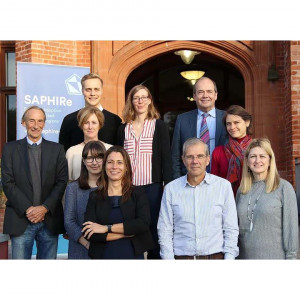 \
&
Contact us
\
&
Contact us
 \
&
Contact us
\
&
Contact us
The Societal Challenge 5 Work Programme focuses on moving to a greener, more resource efficient and climate-resilient economy, with a strong commitment to supporting the UN’s Sustainable Development Goals and the targets of the Paris Agreement.
The work programme for 2018-2020 focuses on several priorities in two general calls with many topics and subtopics:

kathleen.goris@vlaio.be
+32 2 432 42 82
Find the contact info on the site of WEWIS
The National Contact Points (NCPs) provide support, guidance, and practical information to potential applicants, helping them navigate funding opportunities and application processes.
The Programme Committee (PC) members represent their country in decision-making about the work programmes, evaluate implementation, and provide strategic input on priorities and calls.
Infosheets contain edited content on aspects related to this programme. They are reviewed at least yearly.
Related links are easy pointers towards external information. We curate the list, but are not liable for the destinations.
Documents contain additional information related to this programme, and are similar to related links.

The Department of Economy, Science and Innovation of the Flemish government coordinates the Horizon 2020 Coordination and Support Action SAPHIRe, which started on 1 December 2018. The aim of the project is to secure the adoption of personalised medicine in all European regions, including sparsely populated and remote regions and regions with different innovation capacities.
The activities of SAPHIRe are complementary to the smart specialisation partnership on personalised medicine – S3P4PM, which is also coordinated by the Department of Economy, Science and Innovation.